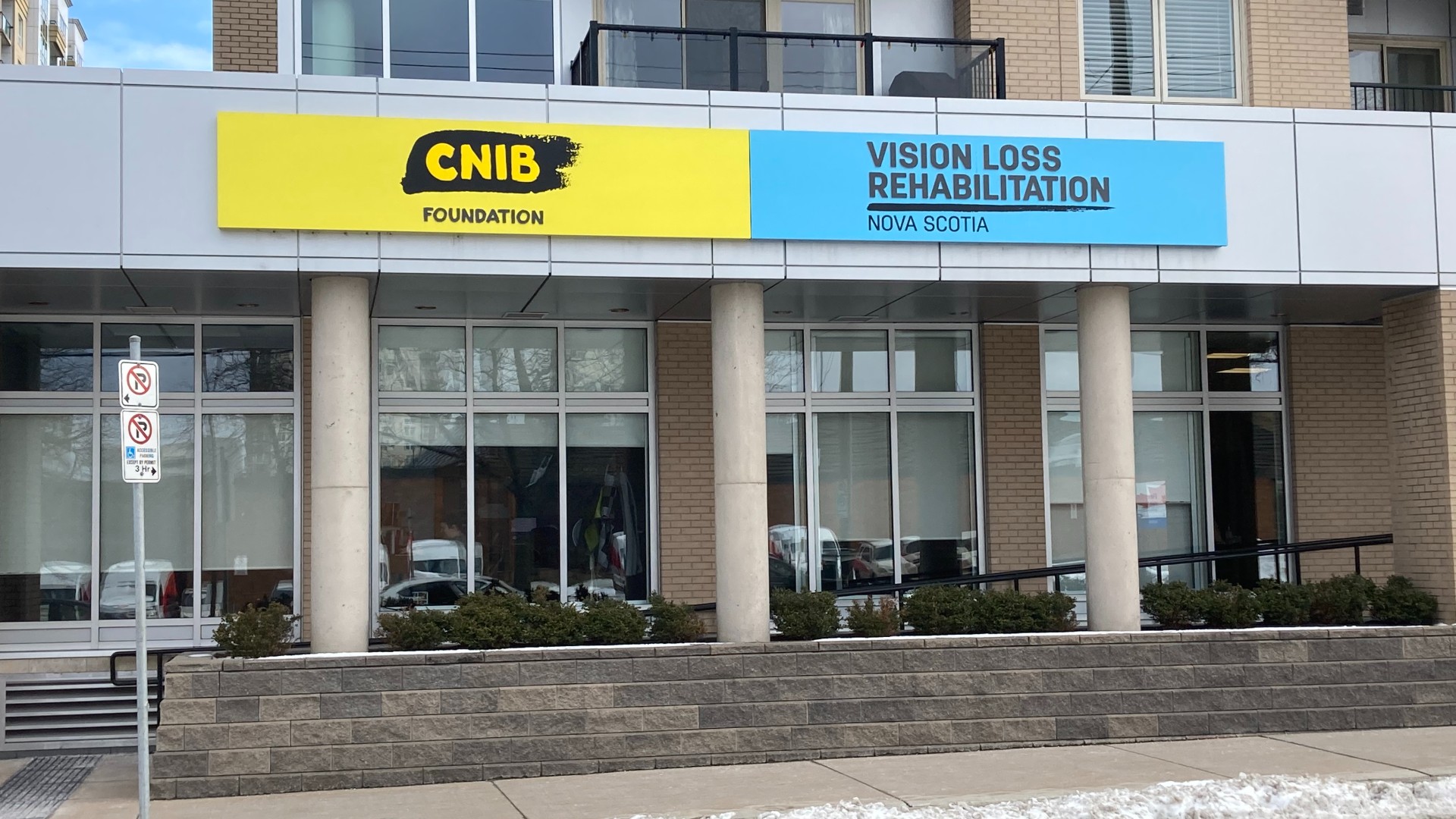Virtual programs uniting members of Nova Scotia’s blind community
CNIB’s online services a relief for participants and organizers

caption
The CNIB Halifax branch is hard to access for many rural-living Nova Scotians in the blind community.Isolation had been a problem for Julie Martin, who is legally blind, long before the COVID-19 pandemic began.
“There is no public transportation in Pictou. I can’t get to the other end of town, let alone Halifax,” Martin said in an interview.
For Martin and many rural-living Nova Scotians who are visually impaired, the CNIB programs in Halifax were almost impossible to access. But since the CNIB began offering virtual events, everything has changed.
“The fact that the CNIB has adapted because of COVID has helped my mental health,” Martin said.
When in-person gatherings stopped last March, the folks at the CNIB set up online programs to reduce social isolation among people with sight loss. The move online ended up being a convenient solution to one of their biggest problems: transportation.
“Nova Scotia is so rural, so spread out, transportation was always an issue for seniors and people with sight loss,” said Jeff deViller, a manager at the CNIB Halifax branch and host of the monthly trivia night. “Now we are able to reach people who are outside.”
DeViller said the number of individual participants across CNIB Halifax programs has increased from 50 before the pandemic to 120 last month.
Participants can join through Zoom, by calling a 1-800 number, or even sign up to be called at home, deViller said. He added that accessibility by phone is especially important for seniors who are not always technologically adept.
From social events, to trivia nights to educational programs like smartphone tutorials, the CNIB has been running a wide variety of themed programs. On one occasion, they had actors perform an audio re-enactment of the Halifax Explosion.
“You could picture in your mind the characters who were in it. That was a highlight,” said Raymond Young in Sydney.
He said there are regularly 25 participants at one of the local programs he attends online, compared to five or six when meetings were in-person.
Young, 68, was born with cataracts. He worked for the CNIB for 22 years, and volunteered with them for several more. He said the pandemic has made life especially difficult for people who are affected by sight loss.
Simple tasks, like going to the grocery store, are now complicated because of the COVID-19 restrictions. Young isn’t able to see arrows on the floor that many stores are using to direct foot traffic.

caption
Julie Martin is helping to organize a hike with trained guides for people with sight loss.Martin echoed Young’s claims, adding that many people with sight loss use touch to “feel their way around the world,” a practice that is unsuitable in a physically distanced society.
She said physical barriers, including shields and masks, make it difficult to interact as they obstruct sound and vision.
But, with all the accessible services out there today, Martin feels more connected than ever — even out in Pictou County.
“I don’t think I feel more isolated, because I can do all these online things, and be with the community I identify with,” she said.
Martin acknowledged the role that technology like Zoom video chat has played in keeping people connected.
“If this (pandemic) would have happened five or 10 years ago, it would not have been the same,” she said.
DeViller said the CNIB will continue to take advantage of virtual platforms even when they resume in-person events.
About the author

Jon Werbitt
Jon is a journalist and music enthusiast from Montreal.
